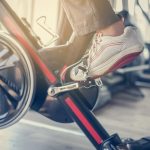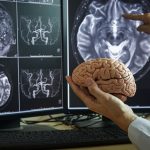
While going through menopause, many women who gain weight head to the gym for intense workouts, but new research suggests that too much exercise may help trigger another side effect: hot flashes. In a report published May 29 in the journal Menopause, investigators found that working out too vigorously may raise the risk hot flashes. By how much? Sharp increases in physical activity raised the chances of both objective and subjective hot flashes by 31% and 33%, respectively. “This study shows a link between increases in physical activity and subsequent subjective and objective hot flashes during both waking and sleeping periods,” Dr. Stephanie Faubion, medical director for the Menopause Society, said in a journal news release. “Clinicians may advise patients of this link while acknowledging the multiple well-known benefits of physical activity.” Meanwhile, temperature was only a contributing factor to subjective hot flashes while sleeping, raising the risk of them by 38%. “Because temperature during sleep affected the odds of having a hot flash, modifications such as the use of lighter-weight blankets and sleepwear, as well as keeping the room temperature cooler, may help with nighttime hot flashes,” Faubion added. Hot flashes are one of the most frequently experienced menopause symptoms, with 80% of women experiencing them, researchers said. Previous studies have shown that a drop in estrogen levels triggers changes in the hypothalamus that… read on > read on >


















